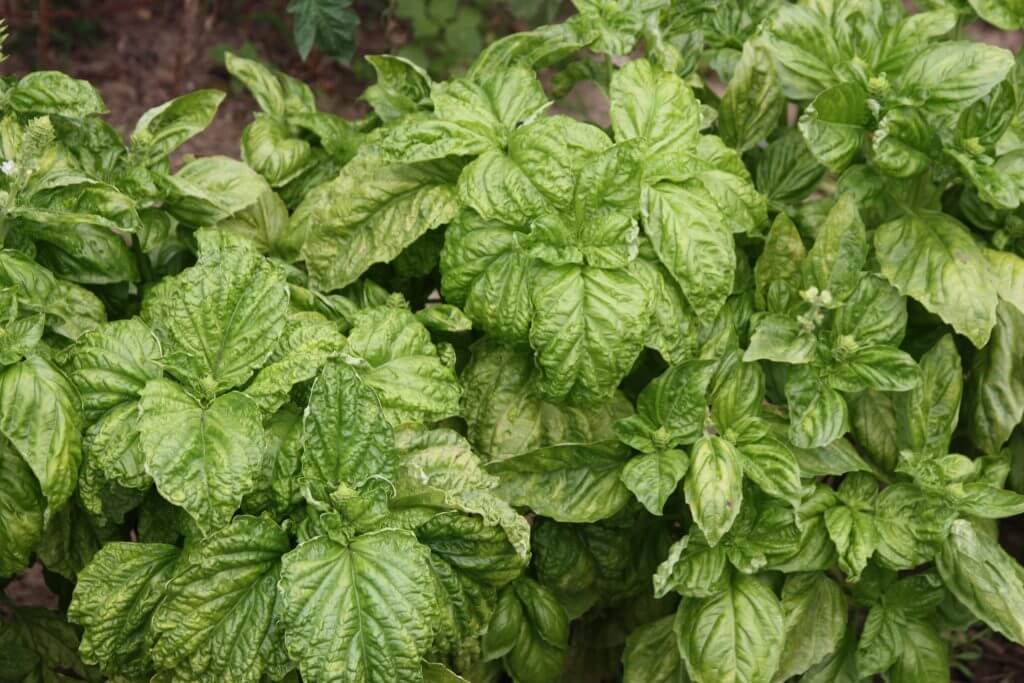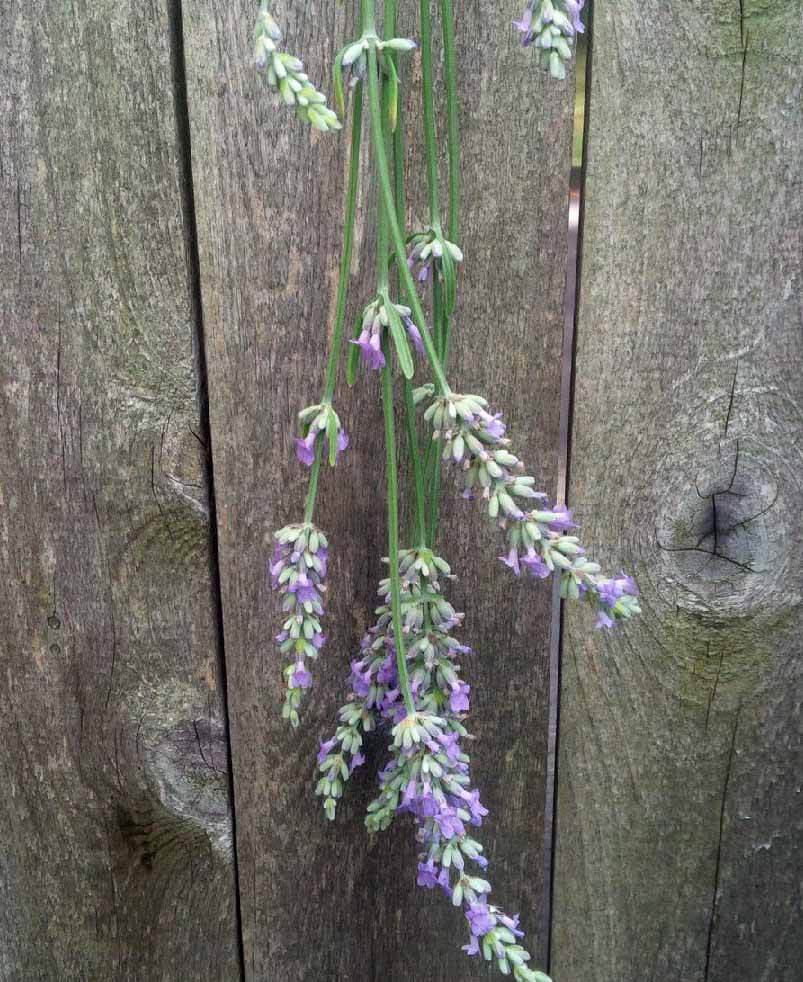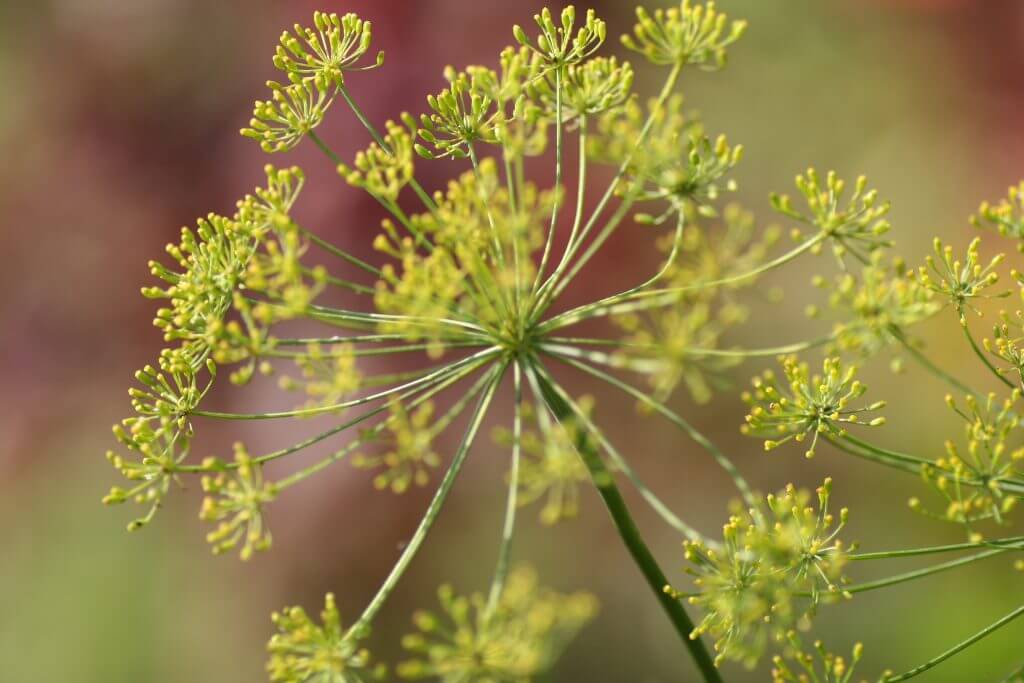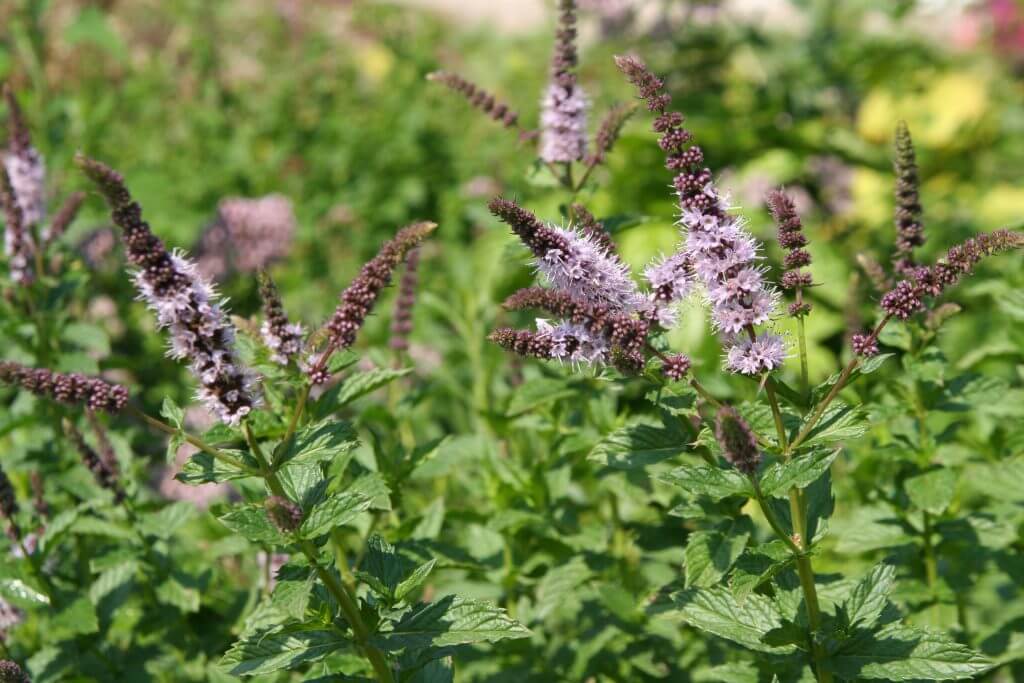
“Bringing in the sheaves,” goes the old hymn, “bringing in the sheaves. We will come rejoicing, bringing in the sheaves.”
Mid to late fall is when gardeners “bring in the sheaves”, not to mention the tomatoes, pumpkins, cool season greens or whatever crops might still be growing in beds, borders, and containers. As night temperatures dip, it is time to harvest your produce or risk losing it, except in a few cases, like carrots, kale, and collards, where flavor actually improves with a little frost.

Collect Seeds and Dig Dahlias
Edible crops are not the only harvest items. It is also time to collect seeds from heirloom annuals—flowers and vegetables—that you want to save for next year. (Click here to learn more about saving heirloom seeds.) Sort and store your seeds in labeled paper packets and keep them in a cool dry place through winter. If you live in a cold-winter climate, that same cool dry place can provide an out-of-season home for tender dahlia tuberous roots and gladiolus corms. When digging dahlias, be sure to clean them gently while keeping the roots and lower stems intact. Be sure not to disturb any of the growing points, or “eyes”, located just below their stems.
Once they have been dug, allow the corms and roots to dry off for a few days, then nestle them into labeled boxes, tubs, or bags full of dry vermiculite, perlite or peat moss. The stored roots should be kept moderately dry, but not bone dry. In winter, check and mist the contents periodically to keep them from completely drying out.

Bring in House Plants
It is not exactly harvesting, but fall is also the season to bring tender container specimens, like tropical foliage plants and citrus, into the house. Before bringing them indoors, clean off and inspect both pots and plants carefully for hitchhiking pests. Clean plants from top to bottom with insecticidal soap, if you are concerned that they may harbor unwanted pests. You may also consider repotting incoming houseplants in Fafard Natural & Organic Potting Soil. (Click here to learn more about cleaning and repotting house plants.)
Clean Up Beds
But even as you bring crops, plant materials, and potted specimens into the house, a good many chores await outside. Brisk, or at least moderate, fall weather and the beautiful change of leaves make these outdoor tasks a bit easier.

First, decide what you want to do with your ornamental beds and borders. (Click here to learn the best ways to clean your fall landscape!) Some gardeners, especially habitat-conscious ones, leave lots of seedhead-bearing plants standing to provide late fall and early winter rations for birds and wildlife. If you are one of them, remember to keep pulling up the weeds that sprout around those plants as long as the ground is workable. This will make life much easier come spring.
If neatness is a priority, pull out spent annuals and cut down stalks of perennial plants. Compost the remains. If your spring planting scheme features some unfilled spaces, now is the time to plant bulbs like daffodils, tulips, and hyacinths. Once the ground has frozen, mulch with several inches of pine straw, clean hay or chopped leaves to protect plants from the effects of winter frost heaves. Use extra mulch around shallow-rooted ornamentals, like the popular Heuchera and Scabiosa, not to mention anything that is only marginally hardy in your climate zone. Delicate shrubs, like some roses, can be surrounded with stake-supported “cages” covered with hardware cloth or burlap. These can be filled with chopped leaves to insulate the plant from cold winter winds.
 Plant a Cover Crop
Plant a Cover Crop
Another option for enriching the soil of a productive plot is to sow a fall cover crop of vetch or crimson clover. This kind of “green manure crop” fixes nitrogen in the soil and can be tilled in or turned under in spring, which allows it to do one final good garden deed as a soil amendment. Cover crops also protect the soil by reducing erosion.
As you do these chores, remember that these are the last acts in the seasonal play that is gardening. Applying a little extra effort in fall is an investment in next year’s flowers, vegetables, and fruits.


 Garden herbs ready for harvest. (photo by Jessie Keith)
Garden herbs ready for harvest. (photo by Jessie Keith) Basil is best frozen for winter use. (photo by Jessie Keith)
Basil is best frozen for winter use. (photo by Jessie Keith) Lavender flowers are best dried by hanging in a cool, dry place.
Lavender flowers are best dried by hanging in a cool, dry place. Dill weed can be dried for winter and the seed collected and used as a spice. (photo by Jessie Keith)
Dill weed can be dried for winter and the seed collected and used as a spice. (photo by Jessie Keith) Mints retain their flavor beautifully when correctly dried. (Image by Jessie Keith)
Mints retain their flavor beautifully when correctly dried. (Image by Jessie Keith)

